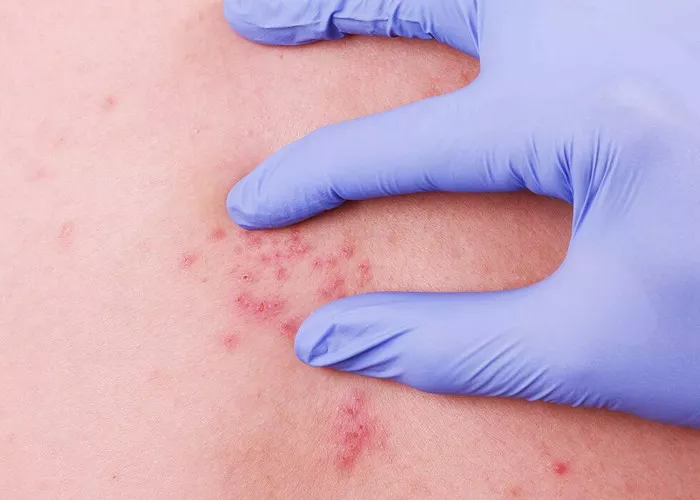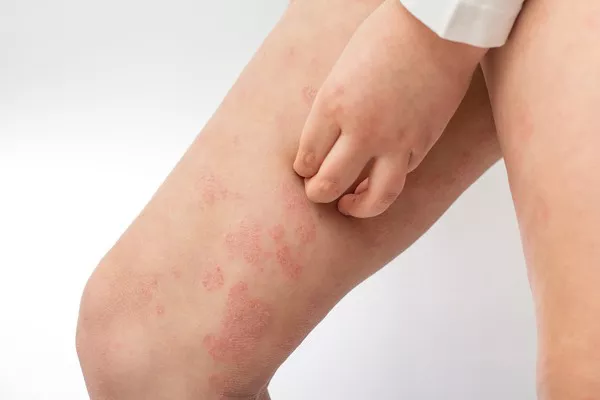Shingles, also known as herpes zoster, is a painful skin rash caused by the reactivation of the varicella-zoster virus, the same virus responsible for chickenpox. Shingles can occur at any age, but the risk increases with advancing age, particularly in individuals over 50. In Australia, the prevention of shingles has become a significant public health concern due to the aging population. This article explores the shingles vaccines available in Australia, their efficacy, administration guidelines, and the broader public health implications.
Understanding Shingles and Its Impact
Shingles is characterized by a painful rash that typically appears on one side of the body or face. The rash develops into blisters that scab over in 7 to 10 days and usually clears up within 2 to 4 weeks. The pain associated with shingles can be severe and debilitating, often described as burning, stabbing, or shooting. In some cases, individuals may experience complications such as postherpetic neuralgia (PHN), a condition where the pain persists for months or even years after the rash has healed.
The incidence of shingles is higher among older adults and those with weakened immune systems. According to data, approximately one in three people will develop shingles in their lifetime, with an estimated incidence of 350,000 cases annually in Australia. The burden of disease is substantial, not only in terms of healthcare costs but also due to the significant impact on the quality of life of affected individuals.
Shingles Vaccines Available in Australia
In Australia, two vaccines are available to prevent shingles: Zostavax and Shingrix. Both vaccines are designed to reduce the incidence and severity of shingles and its complications, but they differ in their composition, administration, and efficacy.
1. Zostavax
Zostavax is a live attenuated vaccine that contains a weakened form of the varicella-zoster virus. It was the first shingles vaccine introduced in Australia and has been widely used since its approval. Zostavax is administered as a single subcutaneous injection, usually in the upper arm.
Efficacy and Safety
Clinical trials have shown that Zostavax reduces the risk of developing shingles by about 51% and the risk of PHN by 67%. Its efficacy tends to decrease with age, offering better protection to individuals aged 60-69 compared to those over 70. However, despite its effectiveness, there are certain safety concerns associated with live vaccines. Zostavax is contraindicated in individuals with weakened immune systems, such as those undergoing cancer treatment, organ transplant recipients, and individuals with HIV/AIDS.
Administration and Availability
In Australia, Zostavax is recommended for adults aged 60 and over. It is included in the National Immunisation Program (NIP) and is available free of charge to individuals aged 70. Additionally, a catch-up program offers the vaccine to individuals aged 71 to 79 until the end of a specified period.
SEE ALSO: What Not to Eat with Shingles Virus
2. Shingrix
Shingrix, on the other hand, is a recombinant, adjuvanted vaccine that does not contain live virus components. It was approved for use in Australia in 2018 and has since been recognized for its high efficacy and safety profile. Shingrix is administered as an intramuscular injection in two doses, two to six months apart.
Efficacy and Safety
Shingrix has demonstrated superior efficacy compared to Zostavax. Clinical trials indicate that Shingrix reduces the risk of shingles by more than 90% across all age groups and maintains this high level of protection for at least four years after vaccination. The risk of PHN is also significantly reduced with Shingrix, by about 88%. Since Shingrix is not a live vaccine, it is safe for use in immunocompromised individuals, expanding its suitability to a broader population.
Administration and Availability
The Australian Technical Advisory Group on Immunisation (ATAGI) recommends Shingrix for adults aged 50 and over, as well as for immunocompromised individuals aged 18 and over. Although Shingrix is not currently funded under the NIP, it is available on the private market and can be accessed through general practitioners and vaccination clinics. The cost of Shingrix may be a barrier for some individuals, as it is significantly more expensive than Zostavax.
Comparing Zostavax and Shingrix
When choosing between Zostavax and Shingrix, several factors need to be considered, including efficacy, safety, cost, and patient health status.
- Efficacy: Shingrix offers higher and longer-lasting protection against shingles and PHN compared to Zostavax.
- Safety: Shingrix is suitable for immunocompromised individuals, while Zostavax is not.
- Cost: Zostavax is funded under the NIP for certain age groups, making it more accessible, whereas Shingrix is only available on the private market and is more expensive.
Administration: Shingrix requires two doses, while Zostavax is a single-dose vaccine, which may affect patient compliance.
Public Health Implications
The introduction of shingles vaccines in Australia represents a significant advancement in public health, particularly in managing the health of an aging population. Vaccination programs not only help to prevent the physical and psychological burden associated with shingles but also reduce healthcare costs by decreasing the incidence of disease and its complications.
Challenges and Future Directions
Despite the benefits, there are challenges in achieving high vaccination coverage. Public awareness and education campaigns are essential to inform older adults about the availability and benefits of shingles vaccination. Additionally, addressing the cost barrier for Shingrix is crucial. Potential solutions could include negotiations for subsidized pricing or inclusion of Shingrix in the NIP.
Research is ongoing to further improve shingles vaccines and to better understand the long-term efficacy and safety of existing vaccines. Innovations in vaccine technology and delivery methods may lead to even more effective and accessible options in the future.
Conclusion
Shingles vaccination is a critical component of public health strategy in Australia, particularly as the population ages. Both Zostavax and Shingrix offer valuable protection against shingles and its complications, with Shingrix demonstrating superior efficacy and safety. Continued efforts to increase vaccination coverage, educate the public, and address cost barriers will enhance the overall health and well-being of Australians. As research progresses, the future of shingles prevention looks promising, with the potential for even greater advancements in vaccine technology and accessibility.
Related Topics:


























